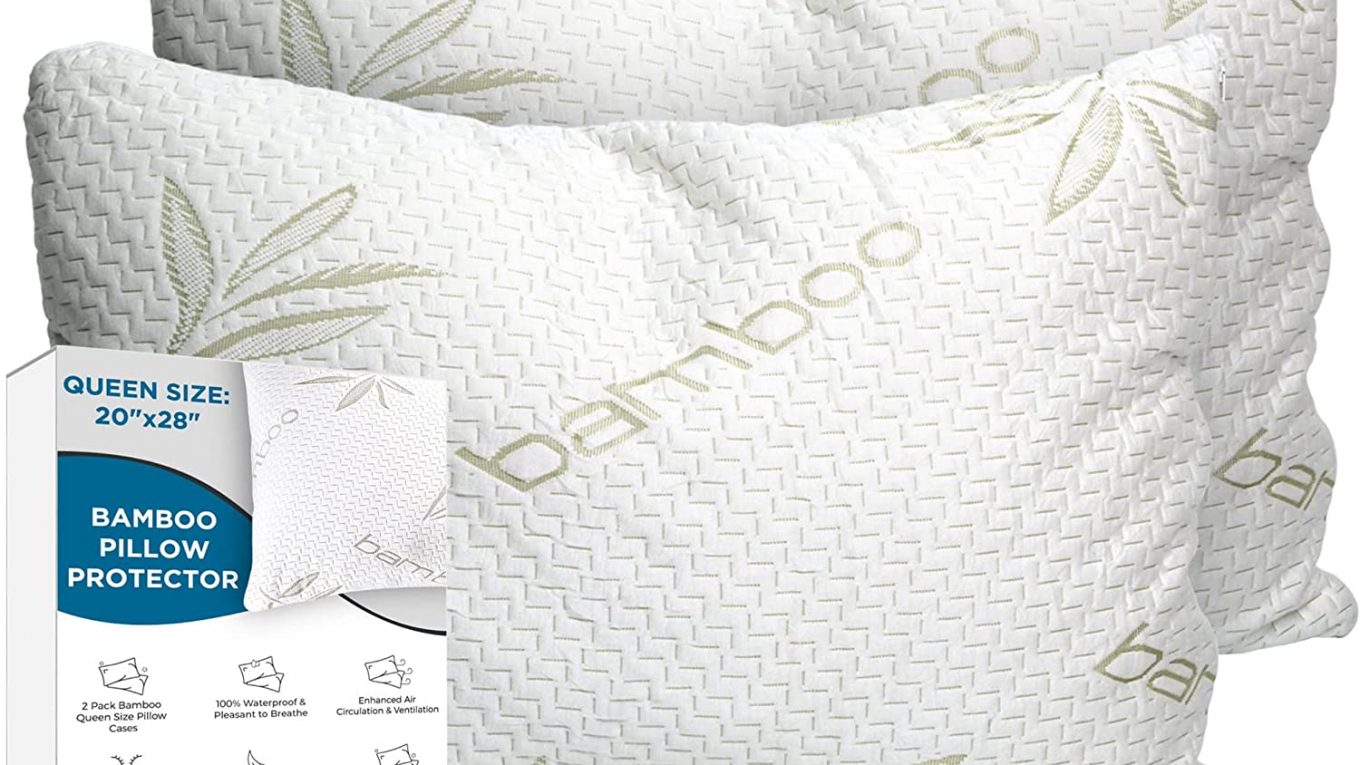Pillow Protectors: The Necessary Addition for Your Pillows

The Pillow protectors are thin sheets of different material that fit over your pillows and protect them from dirt, dust, and other allergens. They also help keep your pillows firm and contoured, which is important for a comfortable night’s sleep. If you’re in the market for a new set of pillows, don’t forget to include a set of pillow protectors as part of your purchase. They’re easy to install and will make a big difference in the quality of your sleep.
Sleeping is one of the most important things we do, and for many people, sleep is essential for day-to-day functioning. Without enough sleep, we may experience problems like a poor mood, difficulty concentrating, and more. So it’s no wonder that so many people have trouble getting a good night’s sleep. In fact, up to 50% of Americans suffer from chronic sleeping problems. If you’re one of these unlucky people, then you know that sleep is essential for optimal health and well-being. But what can you do to get a good night’s sleep on your own? One solution is to add a pillow protector to your bedding. This article will explore the benefits of using a pillow protector and detail the different types available on the market today. From there, you will be ready to shop and make sure your bed is as comfortable as possible!
What Are Pillow Protectors?
Looking for a way to keep your pillows fresh and clean? Check out our selection of pillow protectors on Sleepsia! These little gems come in a variety of materials and styles, and can help extend the life of your pillows by protecting them from dust, pet hair, and other allergens. Whether you need a basic protector or something more specialized, we’ve got you covered.
Types of pillow protectors
There are a few different types of pillow protectors on the market and each has its own benefits. Down pillows are the easiest to keep clean, but they can be less comfortable than other types of pillows. Microfiber covers are a popular option because they’re machine-washable and wrinkle-free, but they can be expensive. Silicone coverings are another good choice because they’re resistant to liquids and stains, but they may be a bit more expensive than microfiber options.
Ultimately, it’s important to choose a protector that fits your needs and preferences. Some people prefer down pillows because they’re lightweight and airy; others find them uncomfortable after long periods of use. Some people care about the environment; others don’t. The best way to find the right protector for you is to experiment with a few different options until you find one that meets your needs.
When should you use a pillow protector?
There are a few different types of pillow protectors on the market, so it can be hard to decide when to use them. Here are three guidelines to follow:
- Use a pillow protector if your pillow is new or has been used regularly in a hot environment.
- Use a pillow protector if you have allergies or acid reflux.
- Use a pillow protector if the cover of your pillow is delicate or easily damaged.
How to put a pillow protector on your pillow?
There are plenty of ways to put a pillow protector on your pillow. You can use a fitted sheet, an extra blanket, or even use a towel. If you’re using a fitted sheet, make sure the size is large enough to cover your entire pillow. Drape it over the pillow and tuck it in at the sides and bottom. If you’re using an extra blanket or towel, simply place it over the top of the pillow and tuck it in at the sides and bottom.
Whatever method you choose, be sure to leave enough room so that you can air-dry your pillow if necessary.
How to choose the right type of protector?
There are a few things to consider when choosing the right type of protector for your pillows.
The first thing to consider is the material your pillow is made out of. Some materials are not as resilient against tears and stains, so it may be worth investing in a pillow protector made from a tougher fabric.
Next, you’ll want to think about how often you’ll be using your pillow. If you’re only going to use it occasionally, choosing a less expensive option that won’t last as long may be enough. However, if you plan on using your pillow every day, it might be worth investing in something that will last longer and protect your investment.
Finally, consider your sleeping habits. Are you a side sleeper who tosses and turns all night? A stomach sleeper who snores? If so, choose a protector that is designed to fit those specific needs. Otherwise, any standard type of protector should work just fine.
Conclusion
Pillow protectors are an essential addition for anyone who sleeps on their stomach or side. Not only do they help keep your pillows clean, but they can also prevent you from getting neck and shoulder pain in the morning. It’s important to invest in a good quality protector so that you can get the most out of your sleep and stay injury-free while sleeping.
